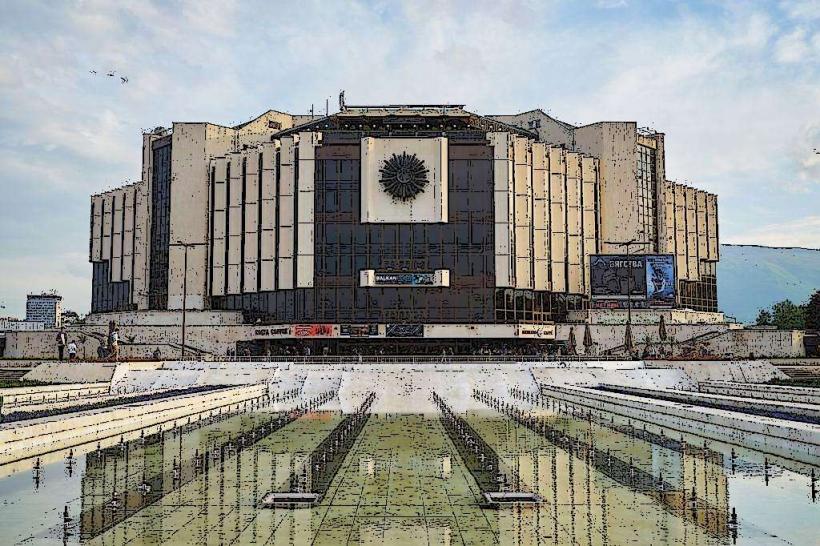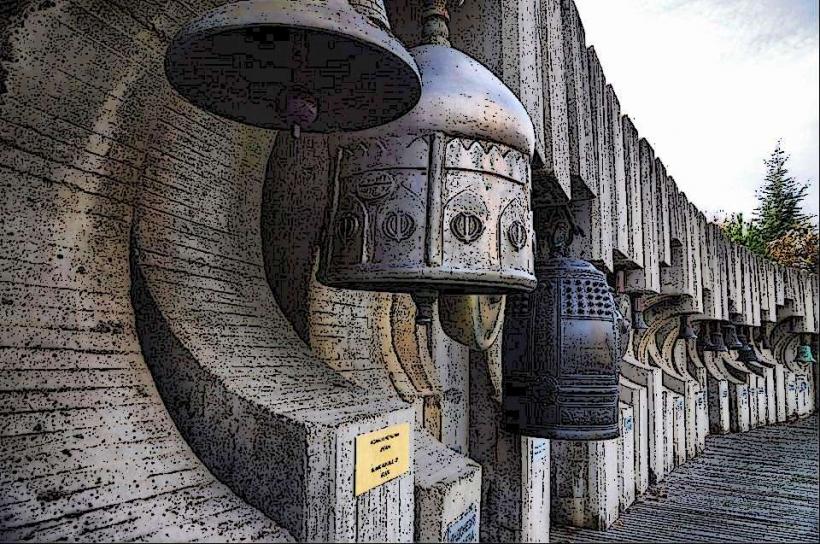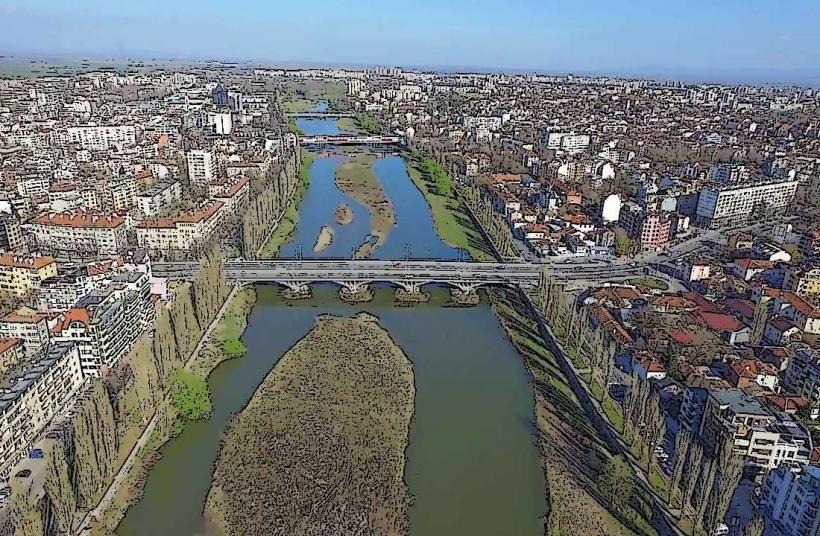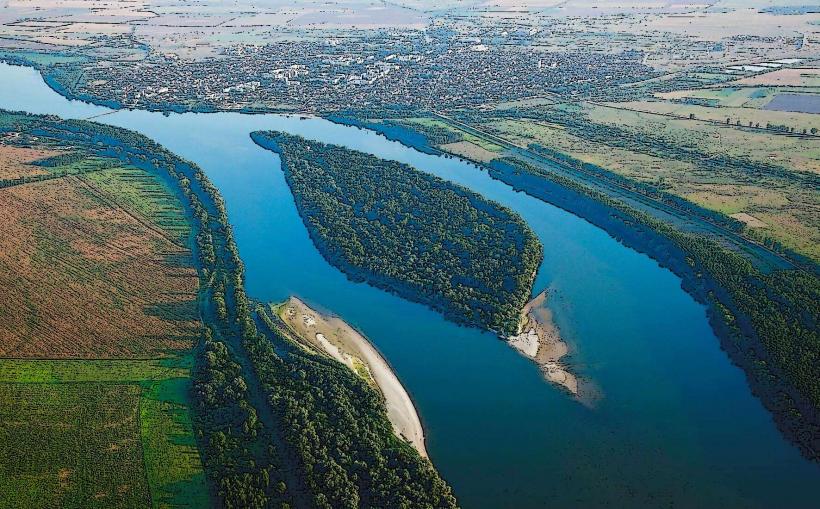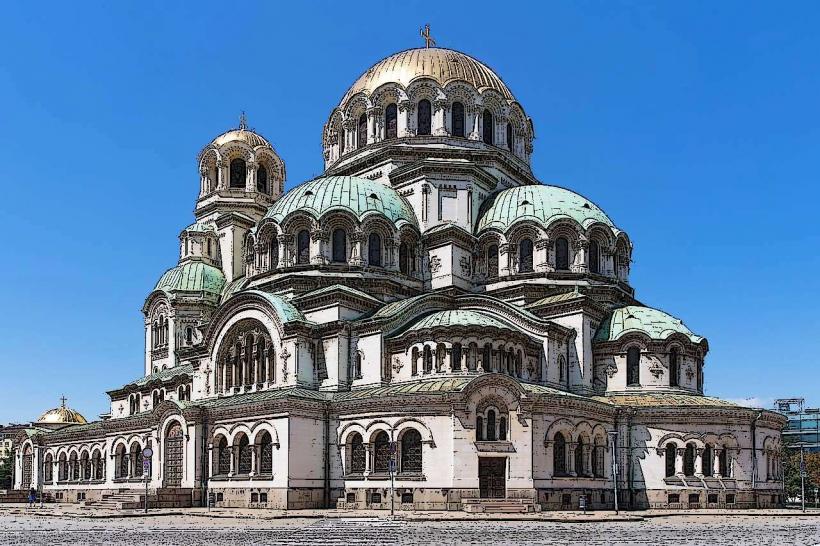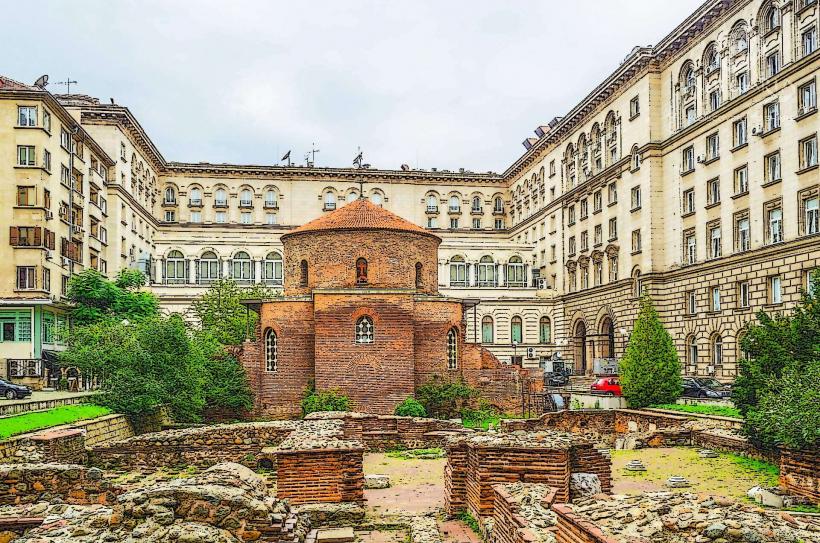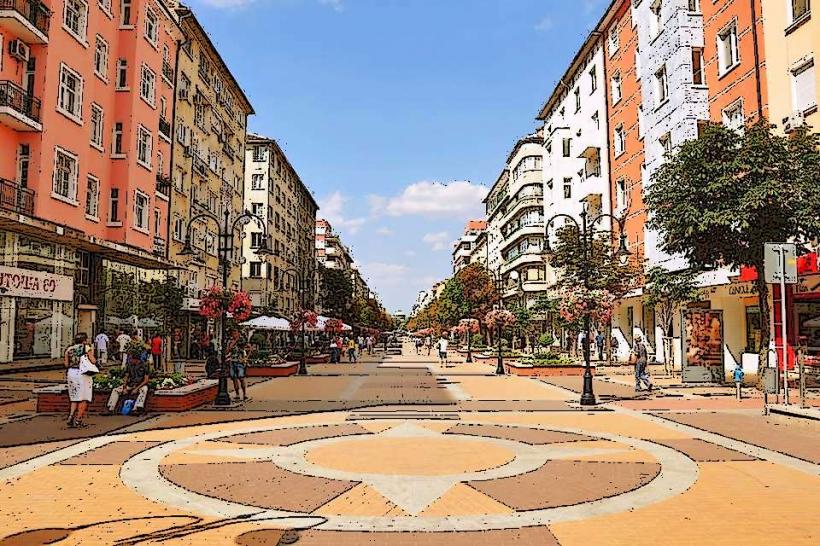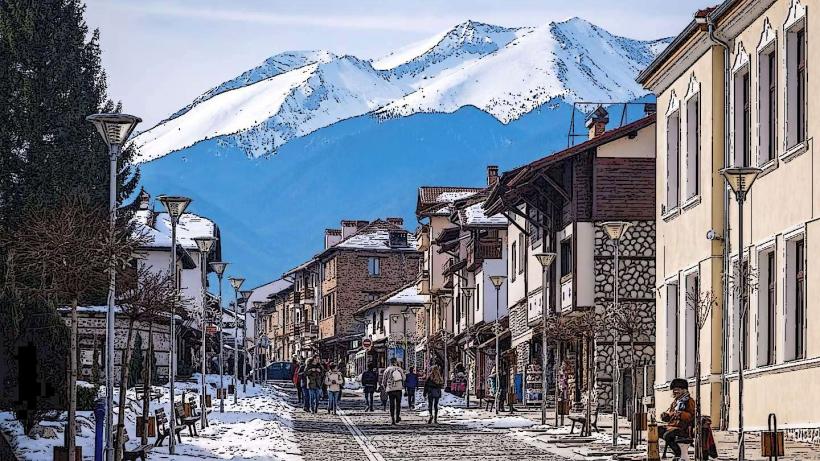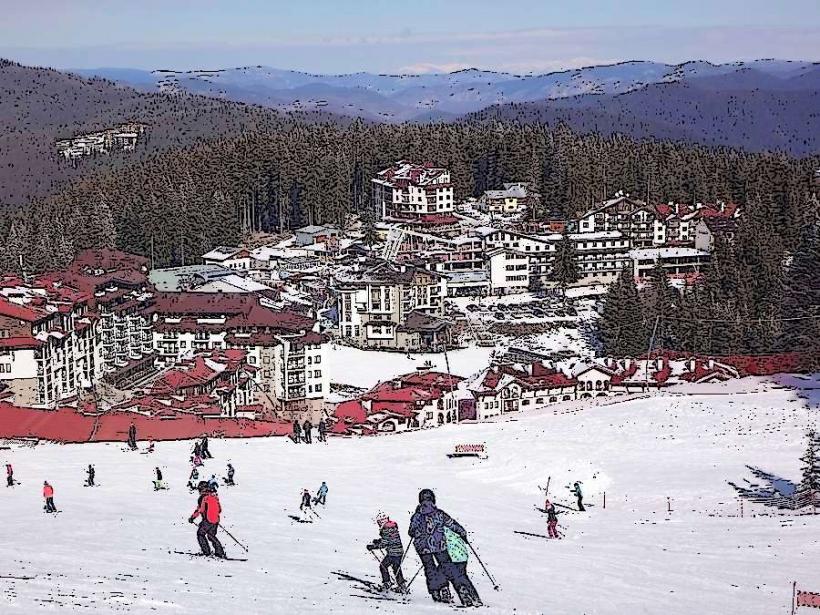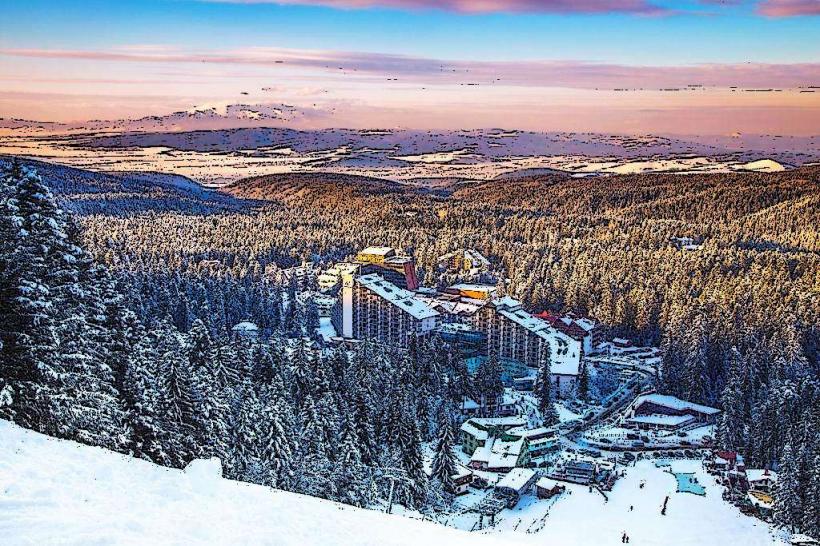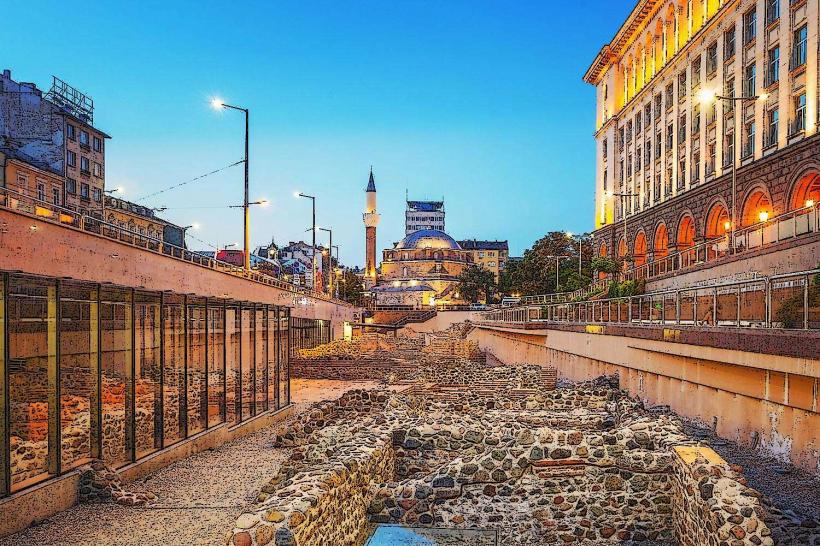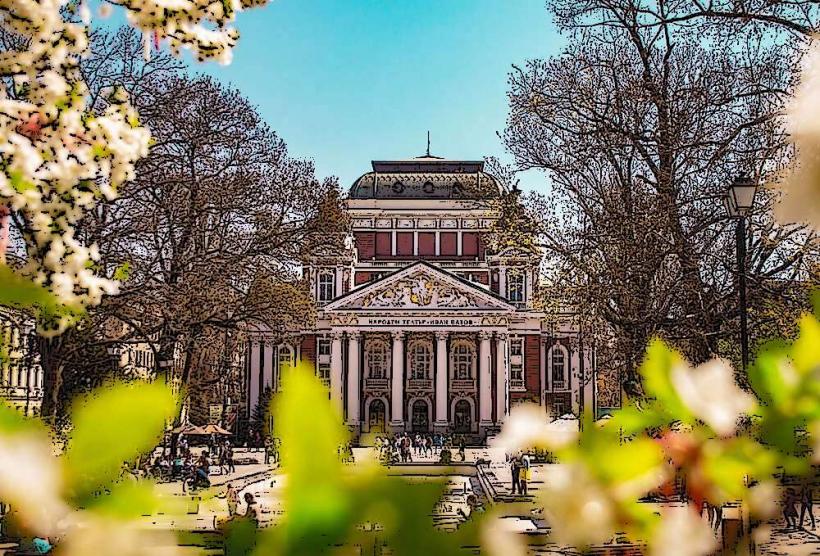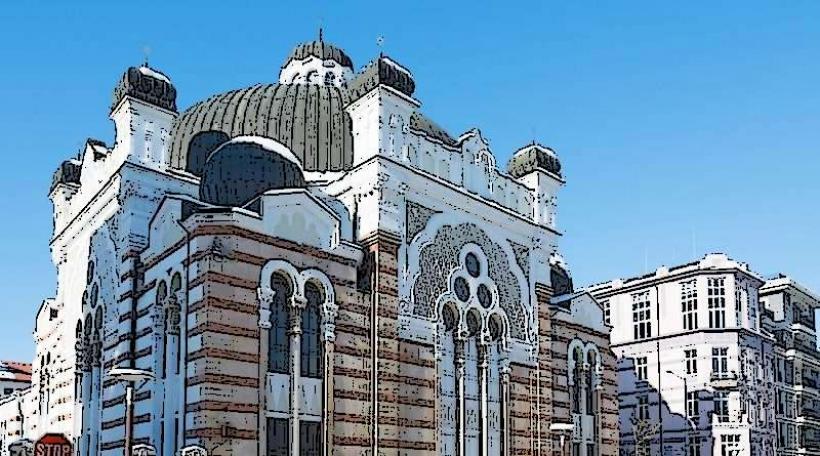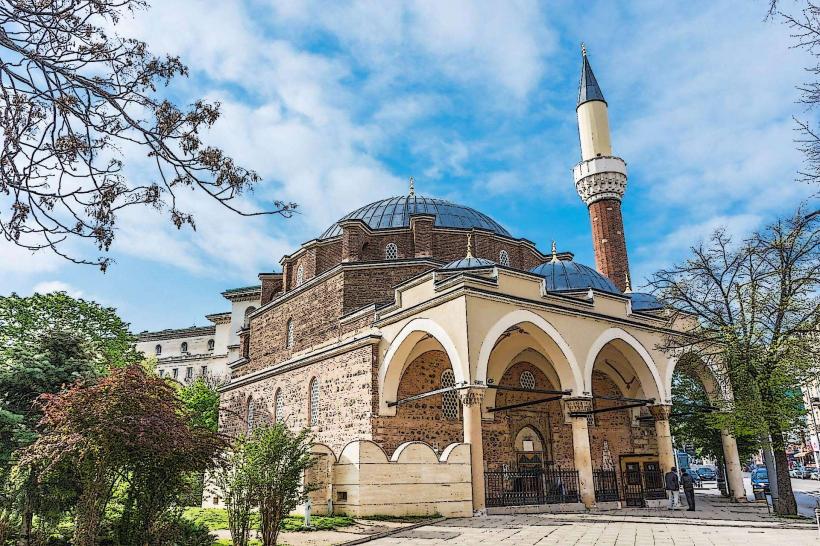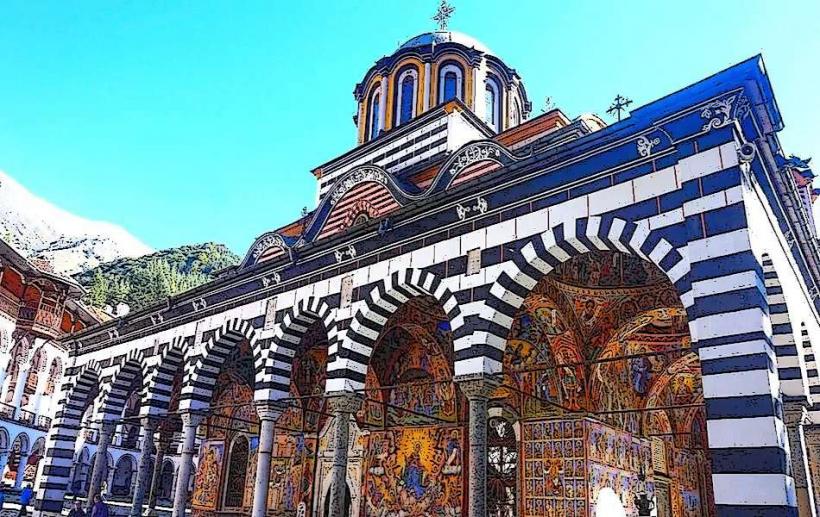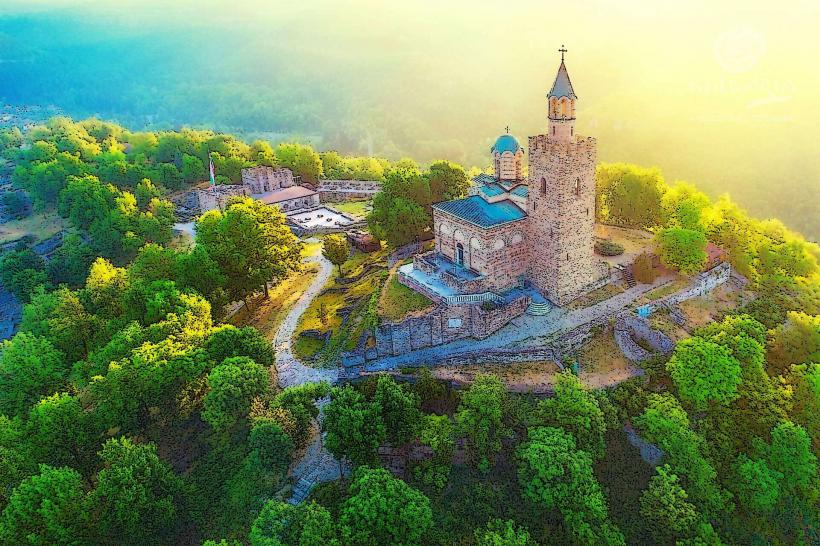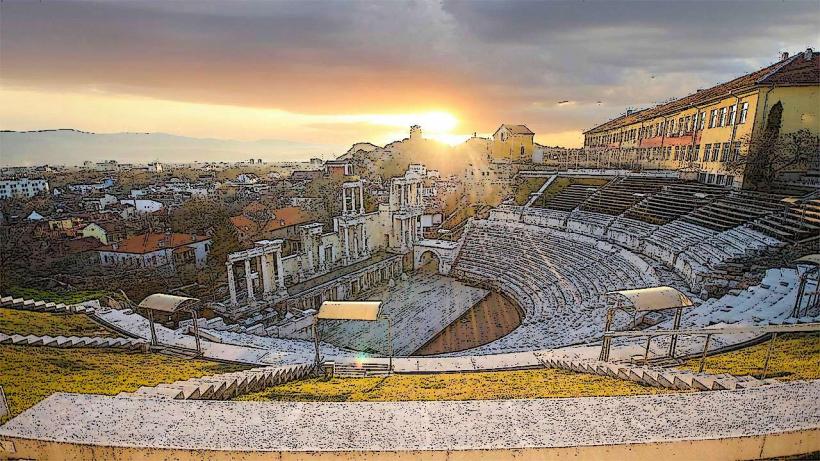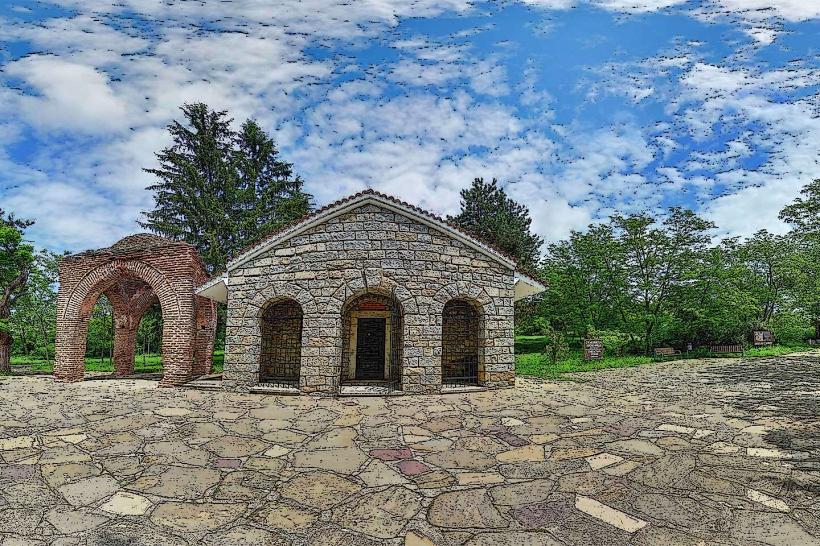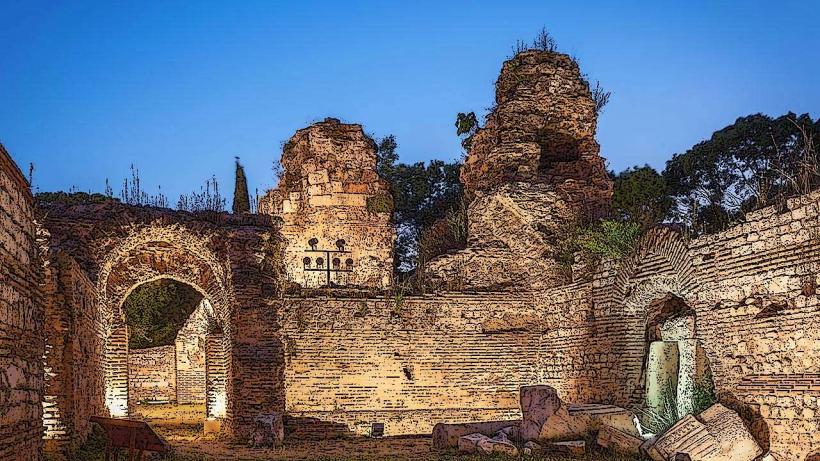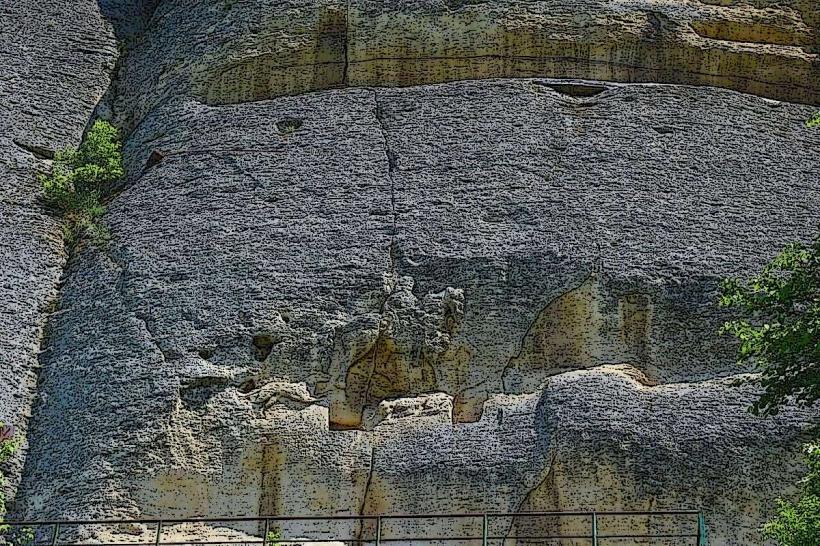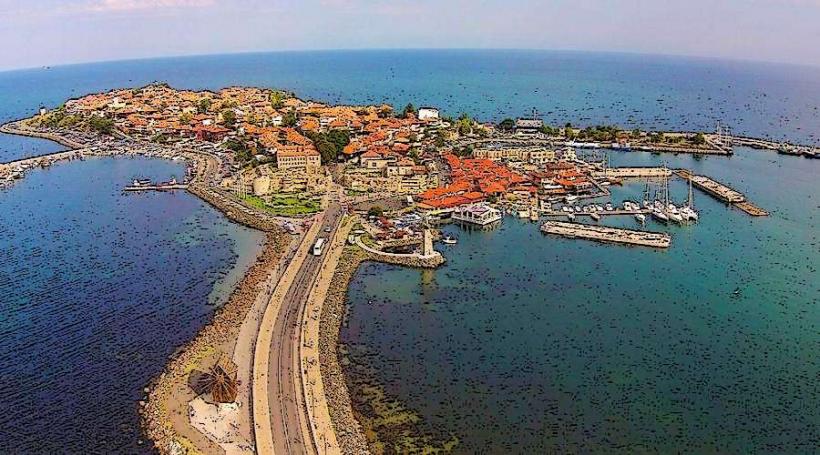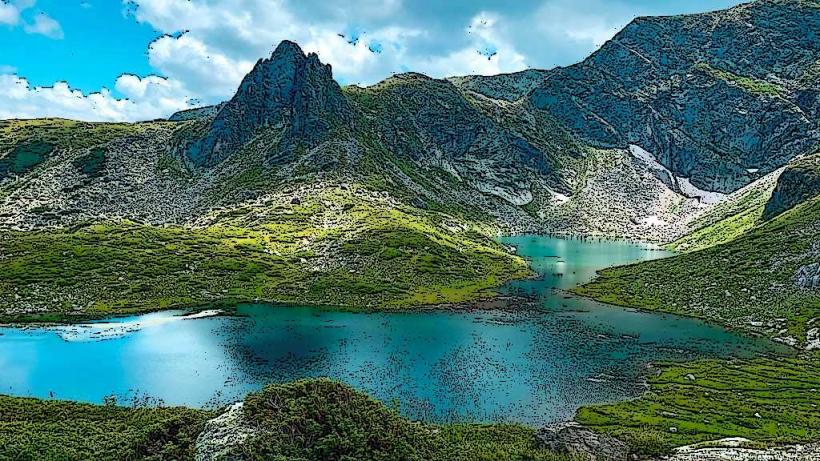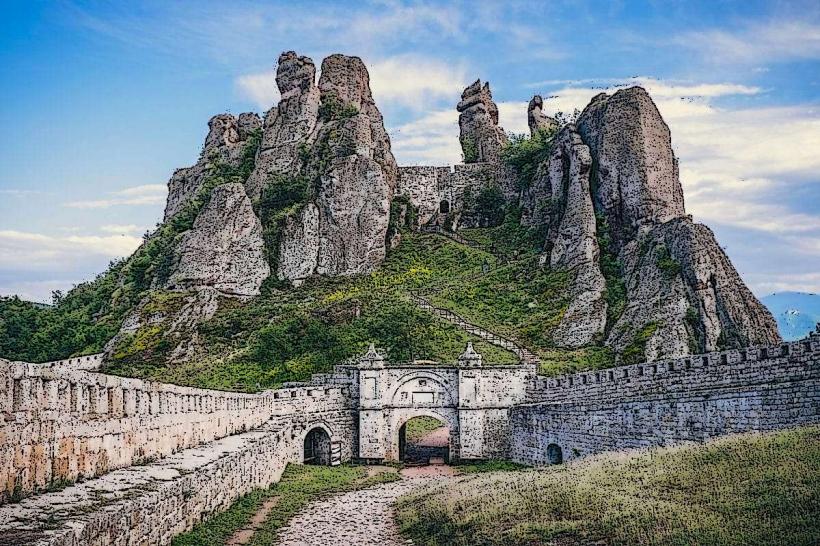Information
Country: BulgariaContinent: Europe
Bulgaria is a country rich in history, culture, and natural beauty, offering a variety of landmarks that reflect its diverse heritage. Here are some of the best landmarks to explore in Bulgaria:
Alexander Nevsky Cathedral (Sofia)
This stunning Orthodox cathedral is one of the largest in the Balkans and a symbol of Sofia. Completed in the early 20th century, it features impressive neo-Byzantine architecture, golden domes, and beautifully crafted frescoes.
Rila Monastery
A UNESCO World Heritage Site, the Rila Monastery is one of Bulgaria's most important cultural and historical landmarks. Founded in the 10th century, it is renowned for its stunning architecture, colorful frescoes, and serene mountain surroundings.
Plovdiv Old Town
Plovdiv, one of the oldest continuously inhabited cities in Europe, boasts an enchanting Old Town filled with well-preserved 19th-century houses, Roman ruins, and cobblestone streets. The ancient Roman Theatre is a highlight, still used for performances today.
Nessebar
This ancient town, located on the Black Sea coast, is famous for its rich history and beautiful architecture. Nessebar features medieval churches, ancient ruins, and charming narrow streets. It is a UNESCO World Heritage Site, showcasing a blend of Roman, Byzantine, and Bulgarian influences.
Thracian Tomb of Kazanlak
Part of the UNESCO World Heritage list, this ancient Thracian tomb dates back to the 4th century BC and is famous for its well-preserved frescoes. It provides insight into the burial practices and artistry of the Thracian civilization.
Buzludzha Monument
This striking monument, situated on the Buzludzha Peak, was built in the 1980s to commemorate the founding of the Bulgarian socialist movement. Its unique, UFO-like structure and stunning views of the surrounding mountains make it a fascinating site.
Seven Rila Lakes
Located in the Rila Mountains, the Seven Rila Lakes are a group of glacial lakes renowned for their breathtaking beauty. Each lake has its own unique shape and character, making this a popular destination for hiking and nature photography.
Boyana Church
Another UNESCO World Heritage Site, the Boyana Church is famous for its remarkable medieval frescoes, which are considered masterpieces of Eastern European art. The church, located on the outskirts of Sofia, dates back to the 10th century and is a prime example of medieval Bulgarian architecture.
Veliko Tarnovo and Tsarevets Fortress
The historic city of Veliko Tarnovo was once the capital of the Second Bulgarian Empire. The Tsarevets Fortress, situated on a hill, offers panoramic views and showcases the ruins of the royal palace and churches, reflecting the city’s rich history.
Magura Cave
Known for its prehistoric cave paintings, Magura Cave is located in the northwest of Bulgaria. The cave features fascinating stalactite and stalagmite formations and is home to various species of bats.
The Stone Wedding (Zheravna)
Located near the village of Zheravna, the Stone Wedding is a natural rock formation that resembles a group of wedding guests. This unique geological phenomenon is surrounded by legends and offers beautiful views of the surrounding countryside.
Black Sea Coast
Bulgaria’s Black Sea coast is famous for its beautiful beaches and vibrant resorts. Notable spots include Sunny Beach, Golden Sands, and the picturesque town of Sozopol, which offers a blend of history, culture, and leisure.
Shipka Monument
Located near the town of Shipka, this monument commemorates the Bulgarian soldiers who fought in the Russo-Turkish War. The site offers stunning views of the surrounding mountains and is a symbol of Bulgarian bravery.
Conclusion
Bulgaria’s landmarks showcase a rich tapestry of history, culture, and natural beauty. From ancient ruins to stunning monasteries and vibrant cities, each site offers a unique glimpse into the country’s diverse heritage, making Bulgaria a captivating destination for travelers.

